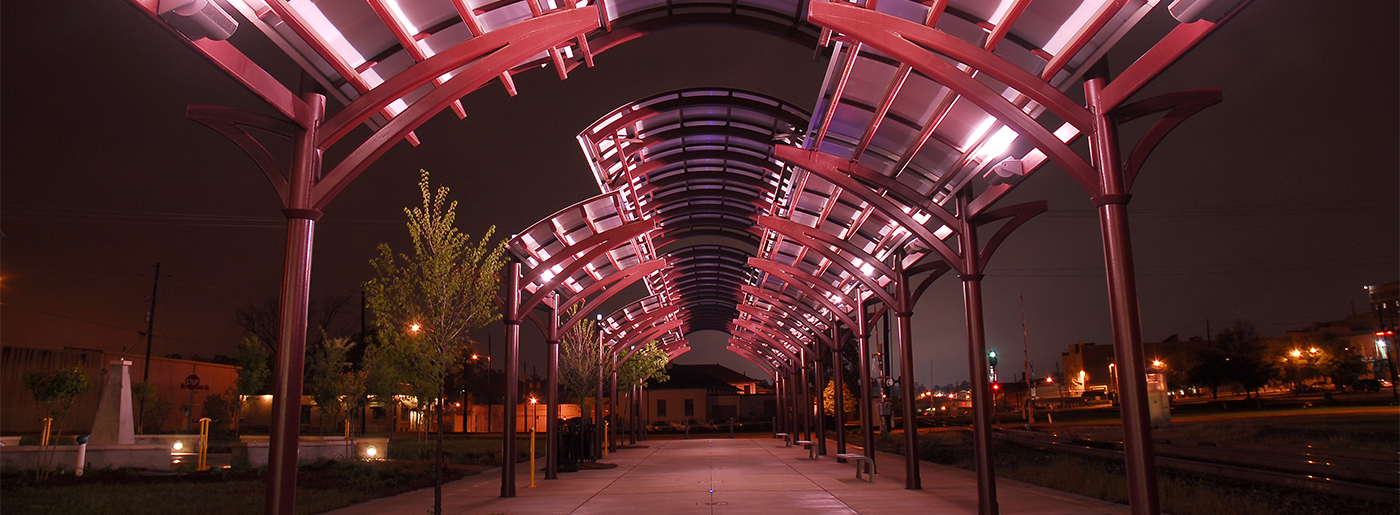







Arlen Hall is Adventure Cycling's Tours Director and was one of five travel writers who participated in Cycling Mississippi’s Bicentennial: 200 miles in the Magnolia State.
Read the full version of Arlen's Mississippi travel blog here.
“M, straight letter, crooked letter, crooked letter, straight letter, crooked letter, crooked letter, straight letter, humpback letter, humpback letter, straight letter. That’s how you spell Mississippi.” How many of us learned how to spell the Magnolia State in this way?
Crooked and fun! That’s just how I would describe my recent crisscross ride around Mississippi with a four-day, Mississippi Department of Tourism sponsored bike ride, celebrating Mississippi’s 200th anniversary and promoting cycling in Mississippi.
When it comes to cycling in Mississippi, the first thought that might come to mind is southern cooking and the famous Natchez Trace Parkway, running nearly 310 miles through the state — about 70% of the total length of the Parkway. This beautiful, low to mid, noncommercial trafficked roadway is predominately rural and traces the route that Native Americans used for centuries before European and American settlers used it for commerce along with the Mississippi River.
However, Mississippi cycling has so much more to offer than just the Natchez Trace Parkway. Our tour began in New Albany, Mississippi, a trailhead for the Tanglefoot Trail.
Next up was a sag over to Ridgeland, Mississippi, north of the state capital of Jackson, to prep for the following day’s 35-mile ride around the beautiful Ross Barnett Reservoir.
Ridgeland, home to some of the most spectacular Natchez Trace riding, touts its own multi-use trail that connects to the Natchez Trace multi-use trail to detour bicyclists around the heavily trafficked Natchez Trace Parkway. Using Ridgeland as a home base, a cyclist can spend days riding the Natchez Trace (100 miles to Natchez), Ross Barnett Reservoir (35-mile loop ride), or the many rural roads in the area.
Next stop was a sag to Port Gibson via Rocky Springs, a ghost town and historic site along the Natchez Trace Parkway. From Port Gibson, we rode to 10 miles to the Windsor Ruins, built in the mid-1800s and burned to the ground in 1890.
We ended the long day with a jaunt up to Vicksburg, Mississippi.
Early the next day, we crossed the highway and headed into the Vicksburg National Military Park. Here we rode a 16-mile loop.
The Longleaf Trace, another 44-mile rail-to-trails conversion in the state, begins and ends in Prentiss and stretches to the third largest city in Mississippi, Hattiesburg. The Longleaf Trace is the first rails to trails conversion in the state of Mississippi and is used as a model for organizing trail development among multiple communities. The trail is in excellent condition, but services along the route are scarce. The most used section of the trail is within 15 miles of Hattiesburg.
Overnighting in Hattiesburg would be an excellent way of dong an out and back on this great trail. Accommodations and food in the town are outstanding. My meal for the night included sautéed brussel sprouts and tri-tail (triple tail) fish.
We completed a magnificent week of riding in Mississippi along the beautiful Gulf Coast on a concrete boardwalk and some road riding from Waveland, Bay St Louis, Pass Christian, Long Beach, Gulfport, and Biloxi.
The last trail of the week was the Pascagoula Bike Trail in Pascagoula.
Although I rode the south in March, many have said that cycling in the Deep South in late October and November can be just as spectacular.
Check out some awesome video from our weeklong tour, captured and narrated by The Path Less Pedaled! You can find more detailed information on all the sites I visited by bicycle at Visit Mississippi, Visit Ridgeland, Visit Vicksburg, Tanglefoot Trail, Longleaf Trace, Visit Hattiesburg, and Visit MS Gulf Coast. Thank you Mississippi Tourism. I’ll be back, Mississippi!
308 Newman St. · Hattiesburg, MS 39401 | P.O. Box 1103 · Hattiesburg, MS 39403 | 601.296.7475
©2024 Visit Hattiesburg. All Rights Reserved.